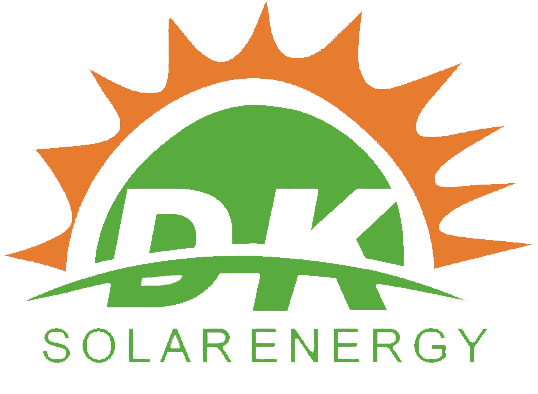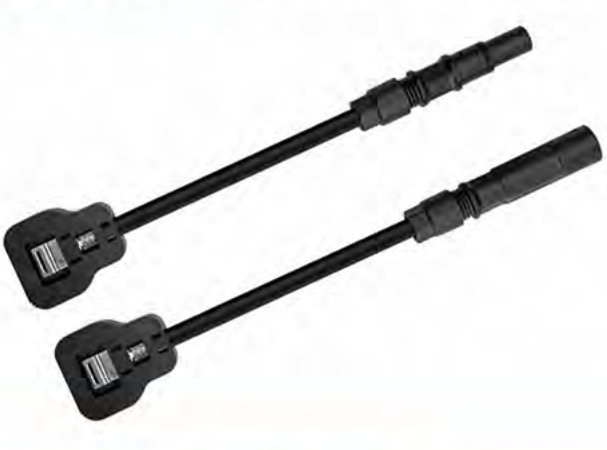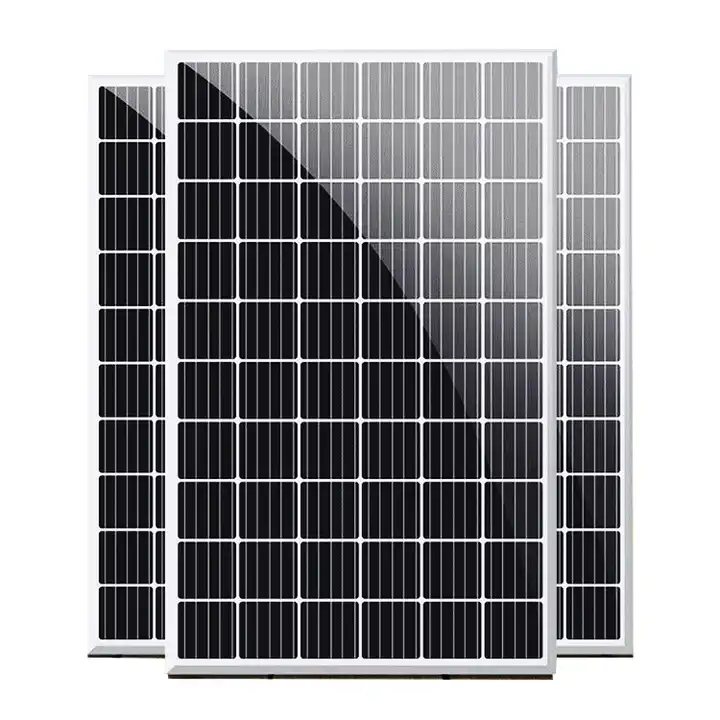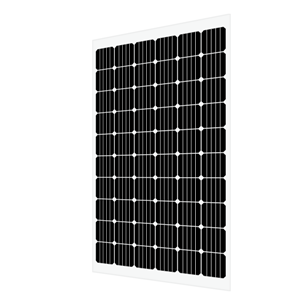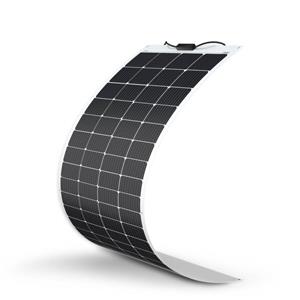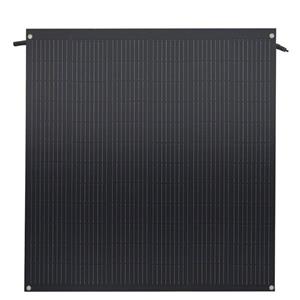News
Photovoltaic junction boxes are crucial components in PV modules for connection and protection. Integrated ones have a simple structure with one box housing diodes and cables, offering low - cost and easy installation. However, they face heat - dissipation and resistance issues in high - power applications. Split - type junction boxes consist of multiple boxes, each with one diode and separated positive/negative cables. They have excellent heat - dissipation, can boost module power and reduce cable usage, yet are costlier and require more complex installation. The former suits small - scale distributed projects, while the latter is more suitable for large - scale ground - mounted power plants.
-
2911-2023
BIPV glass with printing technology
BIPV photovoltaic screen-printed glass is a special BIPV photovoltaic glass that uses screen printing technology to treat the glass surface to achieve photovoltaic power generation functions. Silk screen technology is a common glass process that forms a conductive film by printing conductive materials, such as silver paste or carbon nanotubes, on the surface of the glass. These conductive films can convert sunlight into electricity and output it to power the building's electrical system. BIPV photovoltaic screen printing glass has the following advantages:
-
1906-2023
Xindongke energy rooftop solar panels for the Germany market.
Rooftop solar panels are photovoltaic (PV) panels that are installed on the roofs of residential, commercial, and industrial buildings to capture and convert sunlight into usable electricity. These panels consist of multiple solar cells made from semiconductor materials, typically silicon, which generate direct current (DC) electricity when exposed to sunlight.
-
2605-2023
We are at the SNEC 2023
On May 24, the 16th (2023) International Solar Photovoltaic and Smart Energy (Shanghai) Conference and Exhibition was officially opened to the audience. On the opening day of the exhibition, ready-made goods exploded in popularity. In addition to the photovoltaic industry leaders, Tongwei, Longji, Jinko, Trina ,solarspace and so on joined, attracting more domestic and foreign exhibitors to visit.
-
2804-2023
April 27, 2023 Hangzhou New Energy storage Conference
Recently, The new energy enterprises represented by Xindongke participated in the Haiju New Energy storage Conference in Hangzhou.
-
2703-2023
Various types of solar patterned glass
What is patterned glass? Patterned(textured) glass is also a kind of glass, and there are different called such as "Patterned glass", “Embossed glass “or "Rolled glass", which is belong a kind of flat glass, it is made of flat glass by calendaring molding. Meanwhile, It is with a transmittance in the optical characteristics of non-transparent and rich patterns. It has the characteristics of good decoration and is widely used in various places. A few of common patterned glass patterns include wood style, water pattern, long stripes, ice flower, snowflake, crabapple flower...all belong to patterned glass.
-
0401-2023
The market scale of monocrystalline silicon continues to expand, with photovoltaic as the main application field
The market scale of monocrystalline silicon continues to expand, with photovoltaic as the main application field. Monocrystalline silicon refers to the substance formed by silicon atoms in an arrangement, which is a relatively active non-metallic element crystal. Compared with polycrystalline silicon, monocrystalline silicon has the advantages of high photoelectric conversion efficiency, high mechanical strength, long service life, low fragmentation rate, and is widely used in photovoltaic power generation and semiconductor manufacturing.
-
2404-2025
The difference and application of Integrated and Split Photovoltaic Junction Boxes in the PV Industry
Photovoltaic junction boxes are crucial components in PV modules for connection and protection. Integrated ones have a simple structure with one box housing diodes and cables, offering low - cost and easy installation. However, they face heat - dissipation and resistance issues in high - power applications. Split - type junction boxes consist of multiple boxes, each with one diode and separated positive/negative cables. They have excellent heat - dissipation, can boost module power and reduce cable usage, yet are costlier and require more complex installation. The former suits small - scale distributed projects, while the latter is more suitable for large - scale ground - mounted power plants.
-
1004-2025
Flexible Solar Panels: Redefining the Future of Renewable Energy.
By 2025, the development of flexible photovoltaic technology will focus on three core breakthrough directions: In the materials field, efforts will concentrate on improving the environmental stability of perovskite components and developing lead-free processes, while also exploring new quantum dot composite structures to enhance photoelectric conversion efficiency. In terms of manufacturing processes, advancements will be made in intelligent roll-to-roll precision printing technology and multi-material layer integration to achieve more efficient and cost-effective large-scale production. For application innovation, special flexible components suitable for extreme environments will be developed, equipped with interactive functions such as smart dimming and health monitoring, along with establishing a sustainable material recycling system. This will drive the transformation of flexible photovoltaics from a single power generation function to an intelligent, scenario-based 'energy skin'.
-
2703-2025
Analysis of Light Transmittance Technology and Application Trends in BIPV Solar Modules (2025)
Light transmittance serves as the critical differentiator between BIPV (Building-Integrated Photovoltaics) and conventional PV modules, directly governing the tripartite balance of architectural daylighting, aesthetic integration, and power generation efficiency. By 2025, cutting-edge technologies enable fully customizable transmittance (10%-70%), tailored to diverse application scenarios.
-
1803-2025
Recommended Photovoltaic New Materials and Market Prospects
In 2025, photovoltaic new materials such as perovskites, organic photovoltaics, and quantum dots are driving industry transformation. Perovskite solar cells have achieved efficiencies exceeding 25% and entered mass production, with a projected 10% market share within three years. Organic photovoltaic materials have been commercialized, advancing the flexible electronics market. Quantum dot materials are widely used in high-efficiency solar cells, with breakthroughs in non-toxicity accelerating their commercialization. Two-dimensional materials like graphene have boosted module efficiency by 15%. Global photovoltaic installed capacity is expected to reach 1,500 GW. Supported by policies and technological innovation, these new materials are accelerating commercialization and driving the global transition to clean energy.
-
0503-2025
Solar Roof Development: A Bright Future for Sustainable Energy
In recent years, the solar roof industry has witnessed remarkable growth, driven by advancements in technology, increasing environmental awareness, and supportive government policies. Solar roofs, which integrate photovoltaic (PV) panels into roofing materials, are revolutionizing the way we generate electricity while providing a sustainable solution to energy consumption.
-
2502-2025
Photovoltaic Glass Industry Enters a Golden Development Period
The news highlights the booming prospects of the photovoltaic glass industry. As a key component in solar power systems, photovoltaic glass, known for high light transmittance, mechanical strength, and weather resistance, is crucial for solar cell protection and power generation efficiency. Driven by the global push for carbon neutrality, the solar photovoltaic industry's growth, with over 20% annual capacity increase expected, fuels the market. Technological breakthroughs like ultra - thin glass boost efficiency. Expanding applications in BIPV, such as curtain walls and roofs, further support development. Despite challenges like energy - intensity and market competition, the future remains bright.
